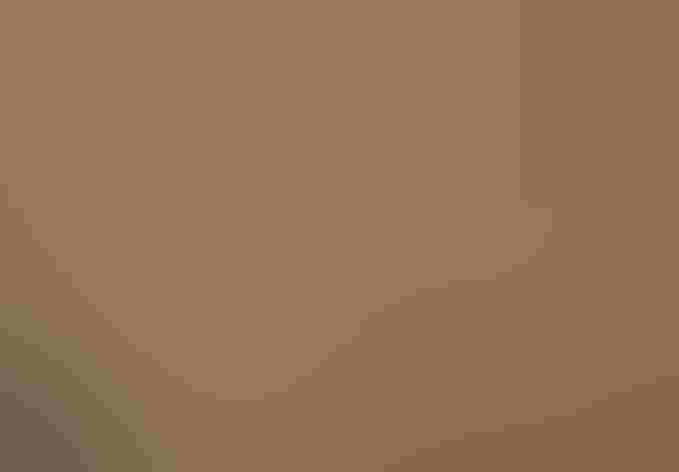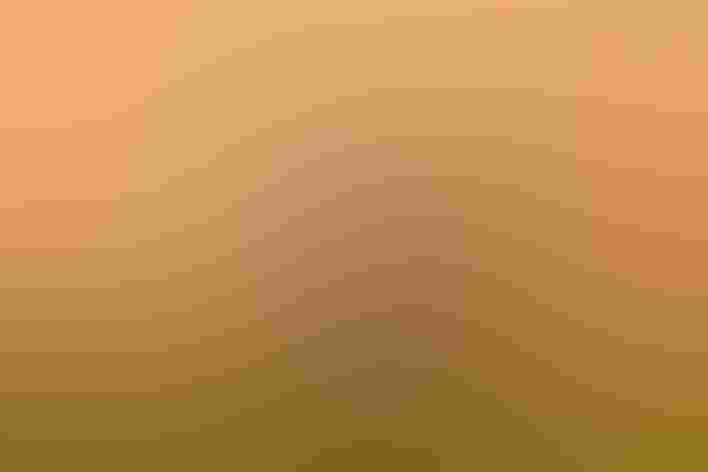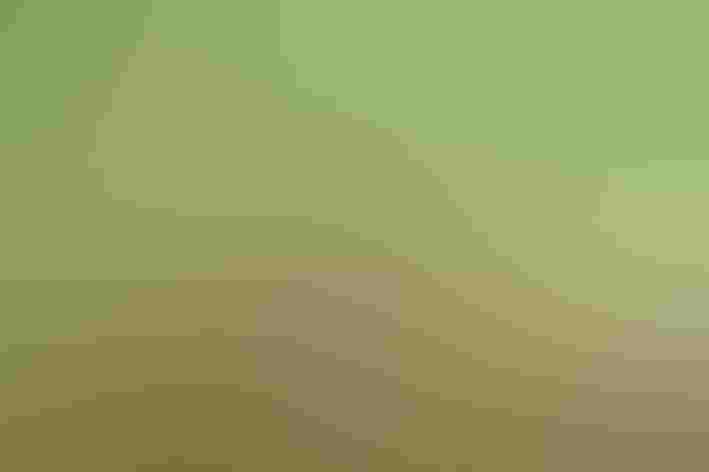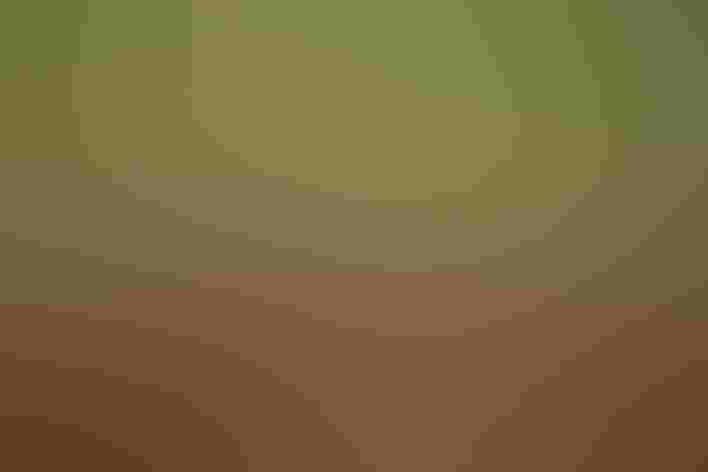Long-billed Thrasher
At a Glance
A tropical relative of the Brown Thrasher, this species enters our area only in southern Texas. There it is a common permanent resident of native woodland and thickets, foraging on the ground under dense cover, often singing from a hidden position within the brush. When Brown Thrashers move into southern Texas in winter, the two species of thrashers maintain separate wintering territories.
All bird guide text and rangemaps adapted from by Kenn Kaufman漏 1996, used by permission of Houghton Mifflin Harcourt Publishing Company. All rights reserved.
Category
Mockingbirds and Thrashers, Perching Birds
IUCN Status
Least Concern
Habitat
Forests and Woodlands, Shrublands, Savannas, and Thickets
Region
Texas
Behavior
Flitter, Running
Population
280.000
Range & Identification
Migration & Range Maps
Mostly a permanent resident. Strays have wandered north into western Texas and even Colorado.
Description
11 1/2" (29 cm). Very similar to Brown Thrasher but has more gray on face, brighter orange eyes, slightly longer curved bill.
Size
About the size of a Crow, About the size of a Robin
Color
Black, Brown, Gray, Orange, Red, White
Wing Shape
Broad
Tail Shape
Long, Rounded, Wedge-shaped
Songs and Calls
Song a varied series of paired phrases similar to those of the Brown Thrasher; call a low chuck.
Call Pattern
Falling, Rising, Undulating
Call Type
Buzz, Chirp/Chip, Trill, Whistle
Habitat
Woodland undergrowth, mesquites. In Texas, found in the brushy undergrowth of native woodlands of hackberry, acacia, ebony, and other trees, especially near water, and in dense thickets of mesquite and other thorny shrubs. In Mexico, lives in various kinds of woodland and semi-open areas.
Sign up for 探花精选's newsletter to learn more about birds like the Long-billed Thrasher
Behavior
Eggs
3-4, sometimes 2-5. Pale blue to bluish white, finely dotted with reddish brown. Incubation is by both parents, about 13-14 days.
Young
Both parents feed the nestlings. Young leave the nest about 12-14 days after hatching. Probably 2 broods per year.
Feeding Behavior
Does much foraging on the ground, using its long bill to flip dead leaves aside as it rummages in the leaf-litter for insects; also will use its bill to dig in soil within an inch of the surface. Perches in shrubs and trees to eat berries.
Diet
Mostly insects and berries. Diet is not known in detail, but probably similar to that of Brown Thrasher. Known to eat many insects, including beetles, ants, true bugs, moths, grasshoppers, antlions, and others; also spiders and centipedes, probably small vertebrates such as frogs and lizards. Also eats many berries and wild fruits, and probably some seeds.
Nesting
Pairs may remain together at all seasons, at least in some cases. Nest: Placed in dense and often spiny plants such as shrubby mesquite, acacia, prickly-pear, or yucca, usually 4-10' above the ground. Site is usually well shaded in undergrowth of woods and in an almost impenetrable position. Nest (probably built by both sexes) is a bulky and loosely-constructed open cup of sticks, twigs, leaves, weeds, grass, and other material, lined with softer matter such as rootlets and fine grass.
Climate Vulnerability
Conservation Status
Undoubtedly declined in southern Texas with initial clearing of brushland and river woods for agriculture. Still common in remaining habitat.
Climate Threats Facing the Long-billed Thrasher
Choose a temperature scenario below to see which threats will affect this species as warming increases. The same climate change-driven threats that put birds at risk will affect other wildlife and people, too.





